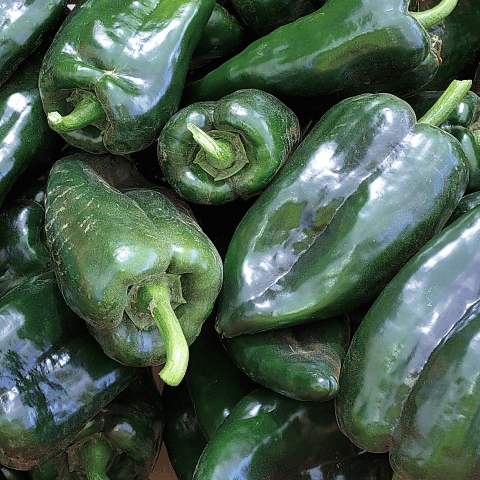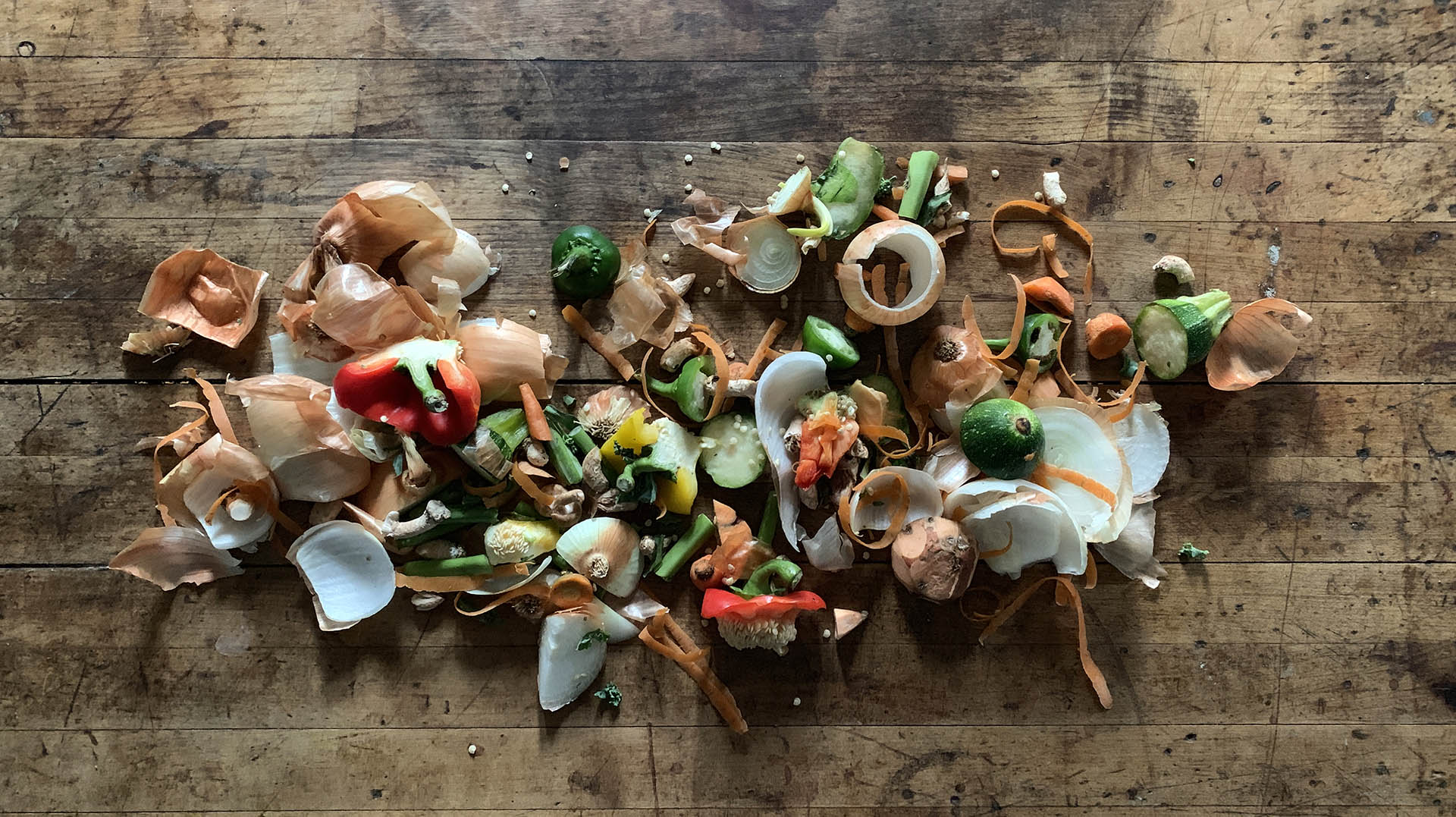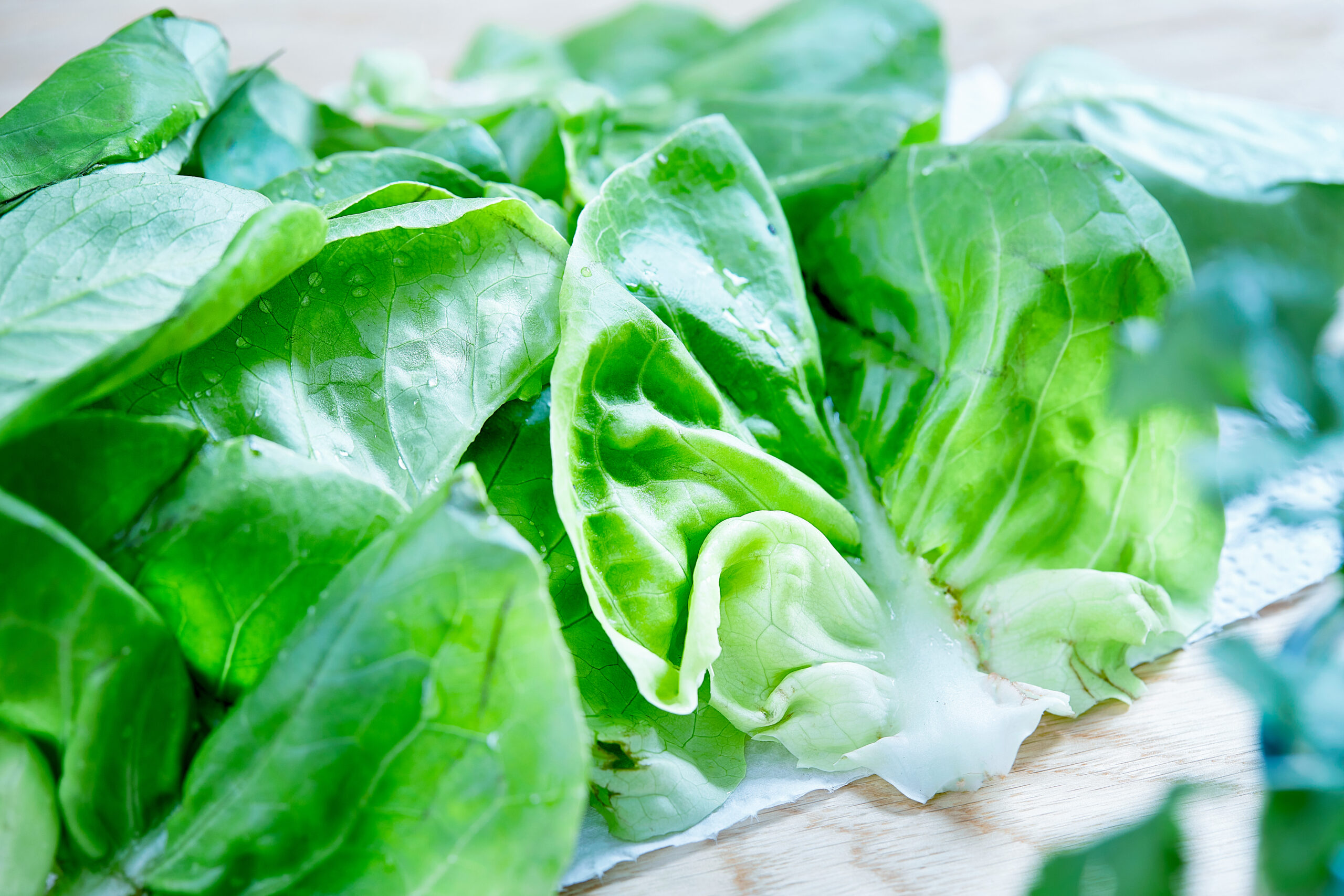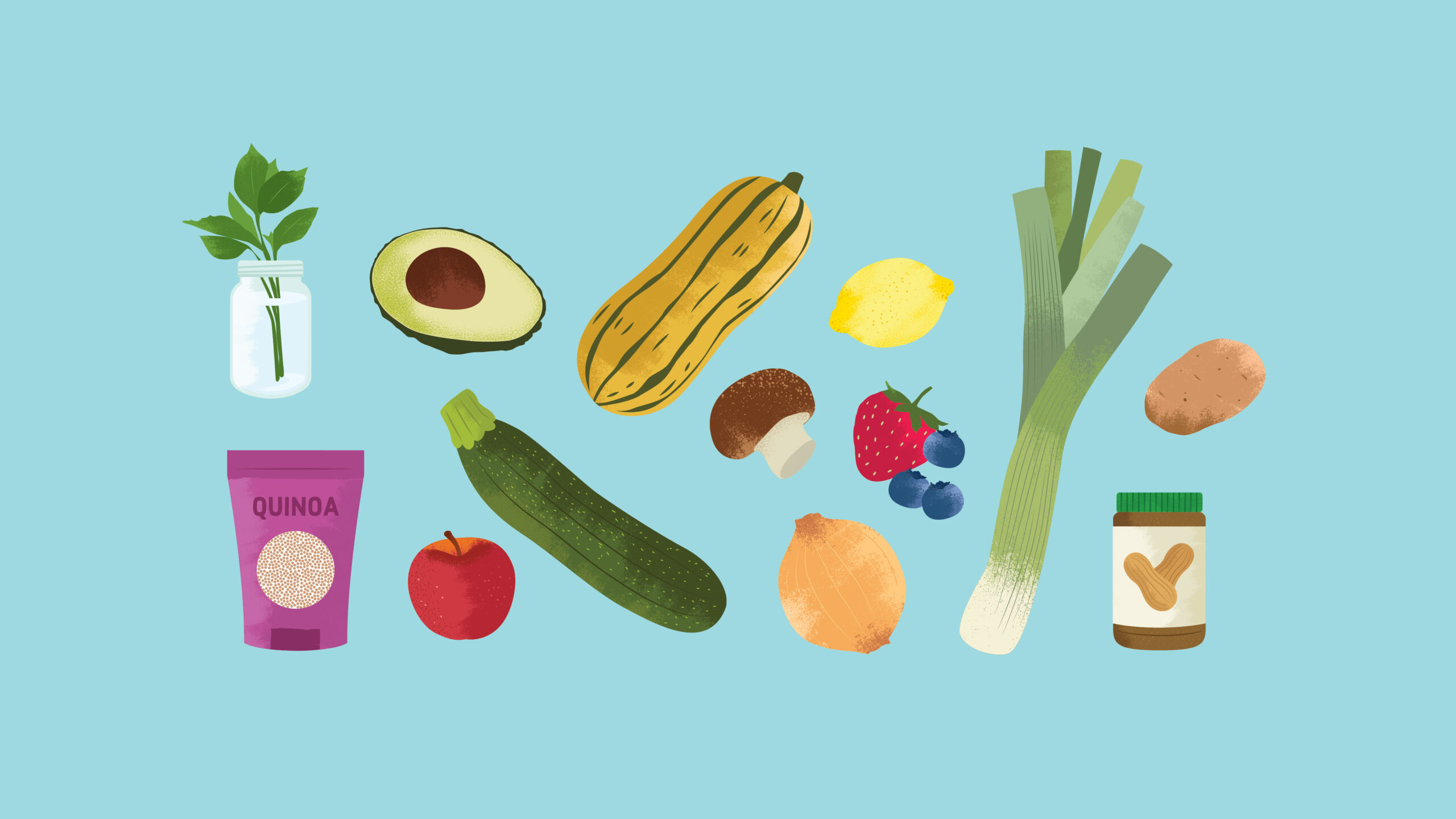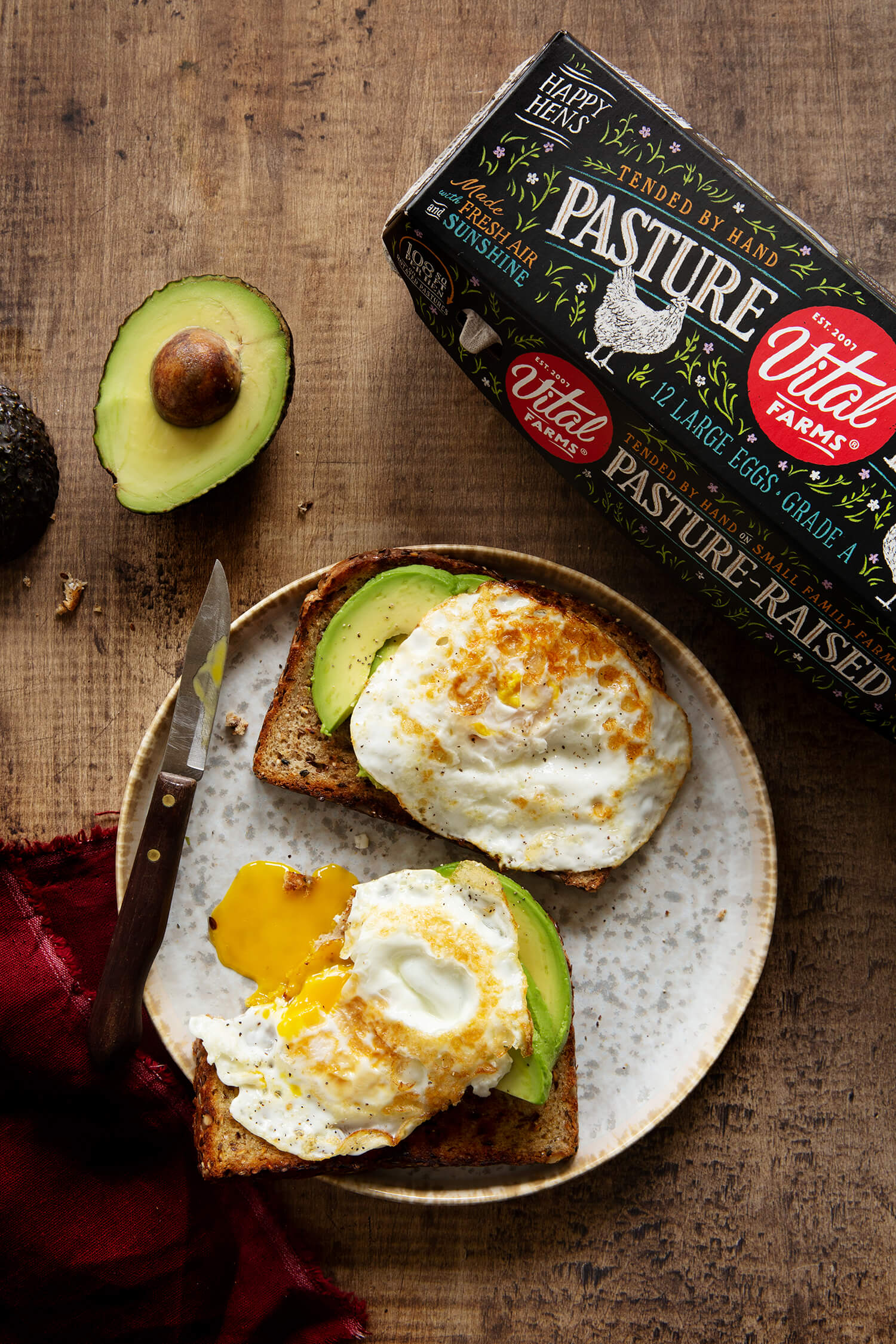Hot peppers are at their peak in late summer and early fall. So the next time you’re filling up your Imperfect cart, you may be wondering: How do I pick the best pepper for me? Here’s what you need to know about four of the most common types of hot peppers.
Poblano
Scoville Heat Units:
1,000 – 1,500 (mild-medium heat)
Tell me about them!
One of the most popular peppers in Mexico, poblanos are a staple in Mexican and southwestern cuisine and have rapidly grown in popularity across the US. They have an approachable balance of earthy and spicy flavor, so if you’re looking for a pepper somewhere in between a bell pepper and jalapeño, poblanos are what you’re looking for.
How do I use them?
Poblanos are large (four inches long and two inches wide) with thick, “meaty” exteriors that boast rich earthy flavors, making them ideal for roasting and stuffing (as in chiles rellenos). Their size and smoky flavor pairs well with creamy sauces, mixed vegetables, cheeses, and ground meat.
Recipe we recommend: Vegan Stuffed Poblano Peppers
Jalapeño
Scoville Heat Units:
2,500 – 8,000 (medium heat)
Tell me about them!
Named after their hometown of the village of Xalapa in Veracruz, jalapeños are one of the most widely grown and used hot peppers in the United States. Their medium heat and fruity flavor make them an extremely versatile pepper for salsas, marinades, and pickles.
How do I use them?
Jalapeños have a sweet, grassy flavor that works well in pico de gallo, salsa verde, or roasted alongside almost anything. You can also pickle jalapeños alongside other veggies you might have around like carrots and onions.
Recipe we recommend: Roasted Jalapeño Chimichurri Sauce
Serrano
Scoville Heat Units:
10,000 – 23,000 (hot)
Tell me about them!
Serranos look similar to jalapeños but can offer up to five times more heat, making them a great stepping stone for those working their way to hotter peppers like habaneros. Their small size and powerful flavor also make them perfect for frugal shoppers looking to get a lot of flavorful heat from just one pepper.
How do I use them?
Serranos pair beautifully with tomatillos in a zesty salsa verde or simply minced and added into a chimichurri. Serranos can pack some serious heat, so make sure to clean them properly by cutting them in half and removing the white membrane and seeds from the center.
Recipe we recommend: Pickled Serrano Peppers
Habanero
Scoville Heat Units :
100,000 – 350,000 (very hot!)
Tell me about them!
These are seriously hot pepper. The typical habanero is 76 times hotter than a jalapeño, but there’s always a chance you’ll get a super hot one which can be up to 140 times hotter.
How do I use them?
Throw them into a skillet with a little butter or oil until they start to brown, then add them to a chili, taco, or salsa. Habaneros have a sweet flavor in addition to their heat, making pair well with fruits like peaches and mangoes, so include them in your next mango salsa or peach chutney to nicely balance the fruit sweetness while providing a fiery kick. Because of their extreme heat we highly recommend using gloves while cutting them and removing the seeds and membrane unless you really can’t get enough spice.
Recipe we recommend: Easy Habanero Hot Sauce

